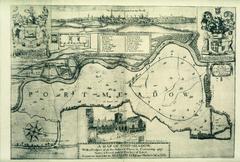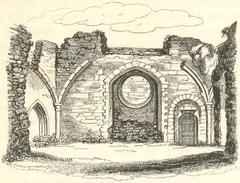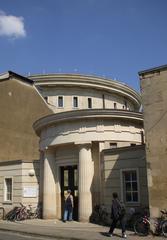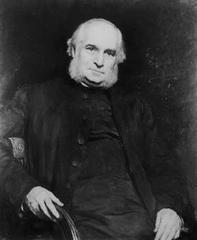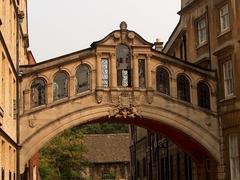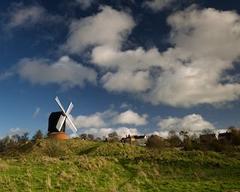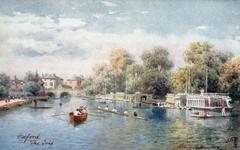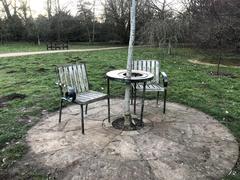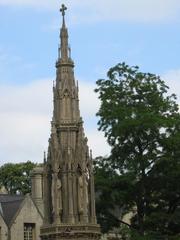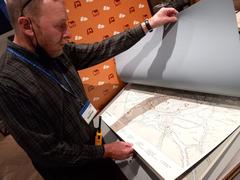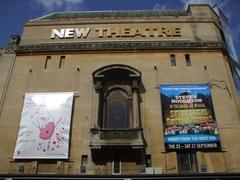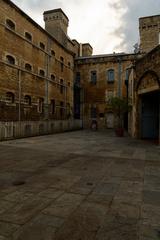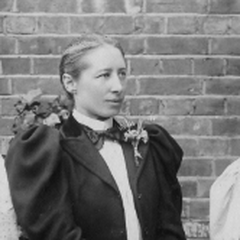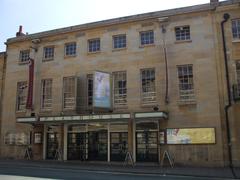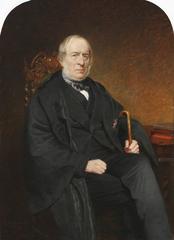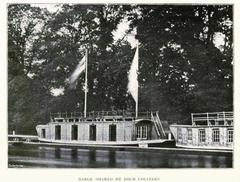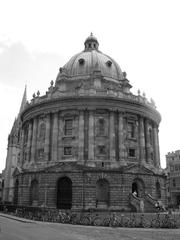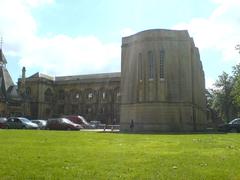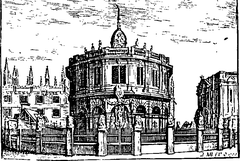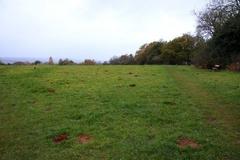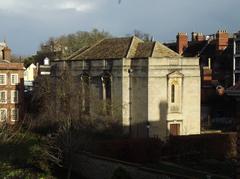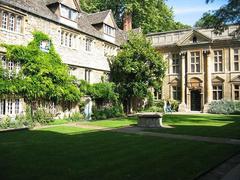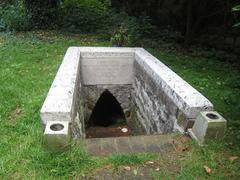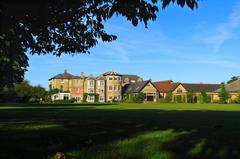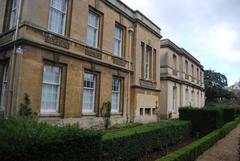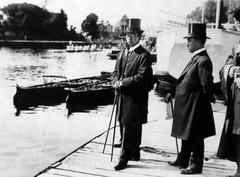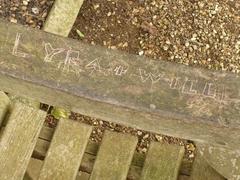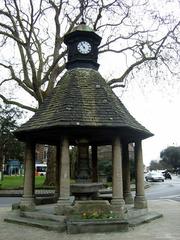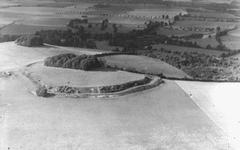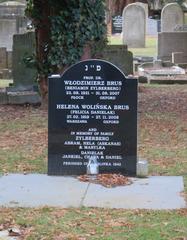
Visiting Port Meadow Oxford United Kingdom Guide
Date: 19/07/2024
Introduction
Port Meadow, located in the heart of Oxford, United Kingdom, stands as a testament to the rich tapestry of history and natural beauty that the area has to offer. As one of the oldest continuously grazed commons in England, its historical significance dates back to the Bronze Age, offering a glimpse into the ancient past with its burial mounds and archaeological artifacts. The meadow’s name is derived from the Old English word ‘port,’ which means a market town or trading place, highlighting its long-standing role as a communal space (Oxford City Council). Over the centuries, Port Meadow has witnessed significant historical events, from its strategic use during the English Civil War to its preservation efforts in the Victorian era and beyond. Today, it is a cherished green space that attracts visitors for its serene landscapes, diverse wildlife, and cultural heritage (Historic England). This guide aims to provide a comprehensive overview of Port Meadow’s history, visitor information, and tips to ensure an enriching visit to this remarkable site.
Table of Contents
- Introduction
- Historical Overview
- Visitor Information
- Preservation Efforts and Modern Challenges
- Frequently Asked Questions (FAQ)
- Conclusion
Historical Overview
Early History and Origins
Port Meadow, with a history dating back to the Bronze Age (2000-700 BCE), showcases archaeological evidence such as burial mounds and artifacts that highlight its early use for grazing and ceremonial activities. The name ‘Port Meadow’ is thought to derive from the Old English word ‘port,’ meaning a market town or trading place, emphasizing its historical communal significance (Oxford City Council).
Medieval Period
In the medieval period, Port Meadow became a crucial part of Oxford. The Domesday Book of 1086 recorded it as common land, available for the local community’s use, particularly for grazing livestock. A royal charter by King Alfred the Great in the 9th century further cemented this status, allowing the Freemen of Oxford unrestricted grazing rights.
Civil War and Military Use
During the English Civil War (1642-1651), Port Meadow was a strategic military site. Oxford, the Royalist capital, used the meadow for encampments and training grounds. King Charles I himself reviewed troops here, taking advantage of the meadow’s flat, open terrain for military drills.
Victorian Era and Industrialization
The Victorian era introduced significant changes, including the expansion of the railway network, enhancing accessibility to Oxford. Despite industrial pressures, Port Meadow remained protected common land, with efforts by the Oxford City Council and local preservationists preventing developer encroachments.
20th Century to Present
Throughout the 20th century, Port Meadow continued to serve as a vital green space. It was used for military purposes during both World Wars. Post-WWII, preservation efforts intensified, and in 1954, it was designated a Site of Special Scientific Interest (SSSI) due to its unique flora and fauna (Natural England).
Environmental and Cultural Significance
Port Meadow’s ancient grazing regime has fostered a unique habitat supporting diverse wildlife, including rare species like the creeping marshwort and the brown hairstreak butterfly. Culturally, it has inspired artists and writers such as J.R.R. Tolkien and Lewis Carroll, who drew inspiration from its serene landscape.
Visitor Information
Visiting Hours and Tickets
Port Meadow is open to the public year-round, with no entrance fee. Visitors can enjoy the meadow at any time, making it an accessible and free attraction.
Travel Tips
- Best Times to Visit: Spring and summer are ideal for enjoying the meadow’s natural beauty and wildlife. Early mornings and late afternoons offer the best light for photography.
- How to Get There: Port Meadow is easily accessible from Oxford city center. Walking or cycling along the Thames Path is a popular option. Public transport, including buses, also serves the area.
Nearby Attractions
- Oxford University: Explore the prestigious university’s historic colleges and libraries.
- Oxford Botanic Garden: Visit the UK’s oldest botanic garden, showcasing diverse plant collections.
- Ashmolean Museum: Discover art and archaeology exhibits at this renowned museum.
Accessibility
Port Meadow is relatively flat and accessible, though some areas may be challenging for wheelchairs due to natural terrain. There are no formal pathways, so visitors should prepare for uneven ground.
Special Events and Guided Tours
Occasionally, guided tours and special events are held at Port Meadow. Check the Oxford City Council’s website for upcoming events and tour availability.
Photographic Spots
Popular spots for photography include the riverbanks, ancient trees, and open grasslands. Capturing the sunrise or sunset over the meadow can result in stunning images.
Preservation Efforts and Modern Challenges
Port Meadow faces environmental threats and urban development pressures. Local conservation groups, such as the Friends of Port Meadow, work tirelessly to protect its ecosystem and historical integrity (Friends of Port Meadow). Notable efforts include a successful campaign in the early 2000s to prevent a large-scale housing development on the meadow’s periphery.
Frequently Asked Questions (FAQ)
- What are the visiting hours for Port Meadow? Port Meadow is open year-round with no specific visiting hours.
- Is there an entrance fee for Port Meadow? No, access to Port Meadow is free for all visitors.
- What are the best times to visit Port Meadow? Spring and summer are ideal for visiting, with early mornings and late afternoons offering the best light for photography.
Conclusion
Port Meadow’s rich history, environmental significance, and cultural impact make it a cherished landmark in Oxford. Its ancient grazing practices, historical events, and unique biodiversity underscore the importance of preserving this natural and historical treasure. Visitors can enjoy its scenic beauty, recreational opportunities, and a connection to Oxford’s heritage spanning millennia. For more information, visit the Oxford City Council’s official website.
References
- Discover the Rich History and Visiting Tips for Port Meadow in Oxford, 2024, Oxford City Council
- Exploring Port Meadow - Visiting Hours, Historical Significance, and Travel Tips in Oxford, 2024, Historic England
- Visiting Port Meadow in Oxford - Tips, Best Times, and Nearby Attractions, 2024, Natural England
